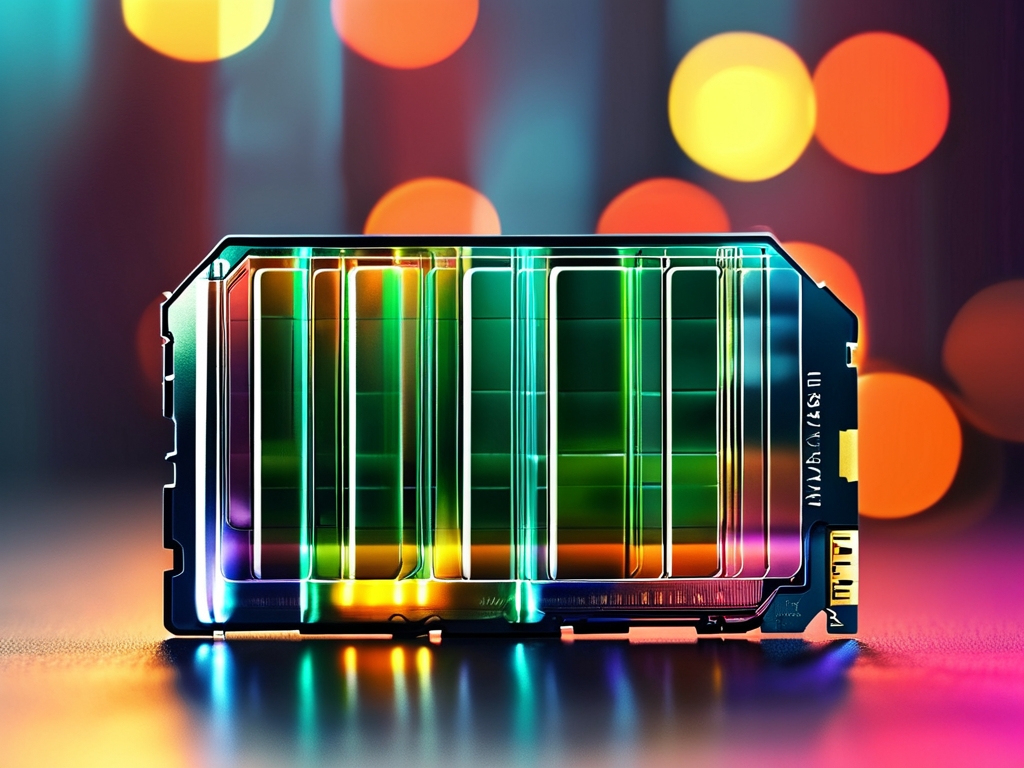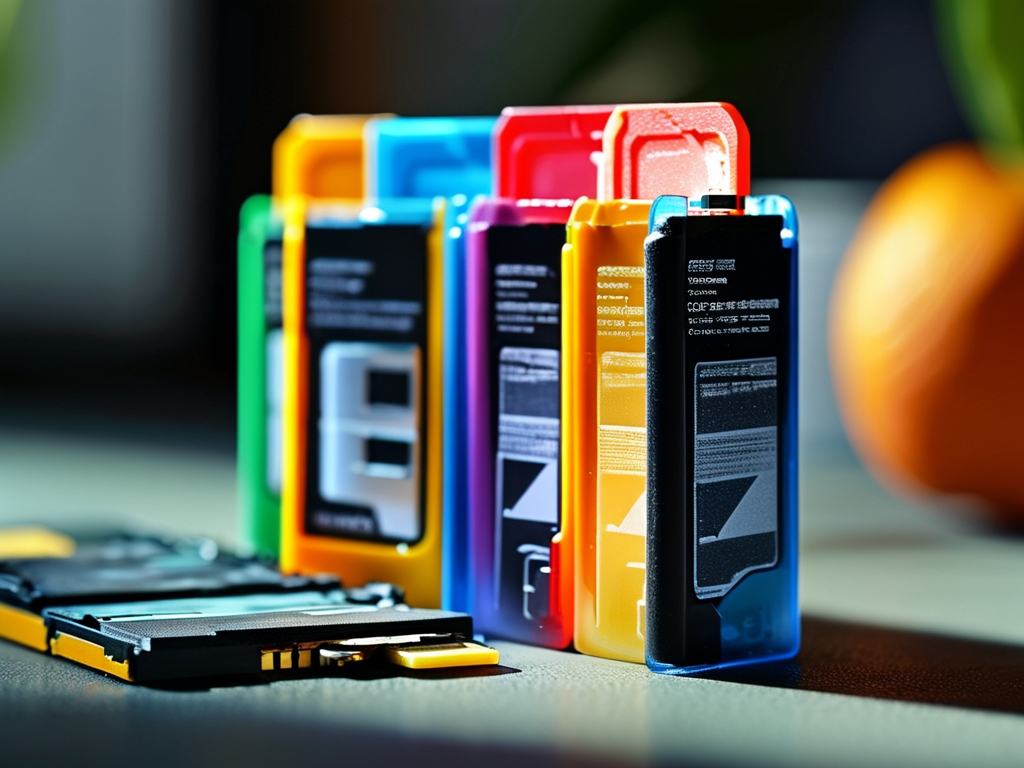Memory cards are indispensable tools for storing photos, videos, and critical data in devices like cameras, smartphones, and drones. However, their storage lifespan is finite, and understanding how to calculate it ensures data integrity and prevents unexpected losses. This article explores the factors influencing memory card longevity and provides a step-by-step methodology to estimate their effective storage duration.
1. Understanding Memory Card Types and Technologies
Memory cards vary by type (e.g., SD, microSD, CFexpress) and storage technology (e.g., NAND flash cells). Key differences include:
- SLC vs. MLC vs. TLC vs. QLC: Single-Level Cell (SLC) cards endure more write cycles but are costlier. Triple-Level Cell (TLC) and Quad-Level Cell (QLC) offer higher capacities but degrade faster.
- Endurance Ratings: Industrial-grade cards often specify "TBW" (Terabytes Written) or "DWPD" (Drive Writes Per Day), indicating durability.
These technical distinctions directly impact how long a card retains data before wear or leakage occurs.

2. Factors Affecting Storage Lifespan
A. Write/Erase Cycles
Every memory cell degrades slightly with each write/erase operation. For example:
- A TLC card rated for 1,000 cycles will theoretically last longer in a dashcam (constant overwriting) than in a DSLR (intermittent use).
- Use tools like CrystalDiskInfo (for compatible devices) to track cumulative writes.
B. Environmental Conditions
Temperature, humidity, and physical stress accelerate aging:
- High temperatures (>85°F/30°C) increase electron leakage, corrupting stored data.
- Humidity above 80% risks oxidation of internal components.
C. Idle Time and Data Retention
Unused cards slowly lose data due to charge leakage. Manufacturers often specify retention periods (e.g., "10 years at 25°C"). This diminishes in harsh environments.
D. Capacity Utilization
Filling a card to 90%+ capacity strains cells, hastening wear. Maintaining 10–20% free space extends lifespan.
3. Calculating Effective Storage Time
To estimate a card’s practical lifespan, follow this formula:
Step 1: Determine TBW or Cycle Rating
Check the manufacturer’s specifications. For example, a 256GB card with a 150 TBW rating can withstand 150 terabytes of total data written.
Step 2: Estimate Daily Data Usage
Calculate daily writes. A security camera recording 50GB/day would write:
[ \text{Annual Usage} = 50\text{GB/day} \times 365 = 18.25\text{TB/year} ]
Step 3: Compute Lifespan in Years
Divide TBW by annual usage:
[ \text{Lifespan} = \frac{150\text{TBW}}{18.25\text{TB/year}} \approx 8.2 \text{ years} ]
Step 4: Adjust for Environmental Factors
Apply degradation multipliers:

- High-temperature environments: Reduce lifespan by 30–50%.
- Frequent power cycles: Subtract 10–20%.
4. Case Study: Comparing Consumer vs. Industrial Cards
A consumer-grade 128GB microSD card (500 TBW) used in a drone (20GB/week):
[ \text{Lifespan} = \frac{500\text{TBW}}{1.04\text{TB/year}} \approx 480 \text{ years} ]
This theoretical result ignores environmental factors, which likely reduce it to 10–15 years.
An industrial-grade card rated for 3,000 TBW in similar conditions might exceed 30 years.
5. Prolonging Memory Card Lifespan
- Avoid Extreme Conditions: Store cards in dry, cool environments.
- Limit Fragmentation: Format cards in-device to maintain efficient wear leveling.
- Regular Backups: Migrate data to cloud/HDD storage periodically.
- Monitor Health: Use manufacturer tools (e.g., SanDisk Memory Zone) to check errors.
6. When to Replace a Memory Card
Warning signs include:
- Slower read/write speeds.
- Corrupted files or unrecognized formats.
- Manufacturer software flagging "low endurance."
Replace cards proactively after reaching 70–80% of their TBW rating.
Calculating a memory card’s storage lifespan requires analyzing technical specs, usage patterns, and environmental risks. While formulas provide estimates, real-world conditions demand conservative assumptions. By adopting proactive maintenance and understanding your device’s demands, you can maximize data security and avoid premature card failure. Always prioritize quality cards from reputable brands for critical applications.



